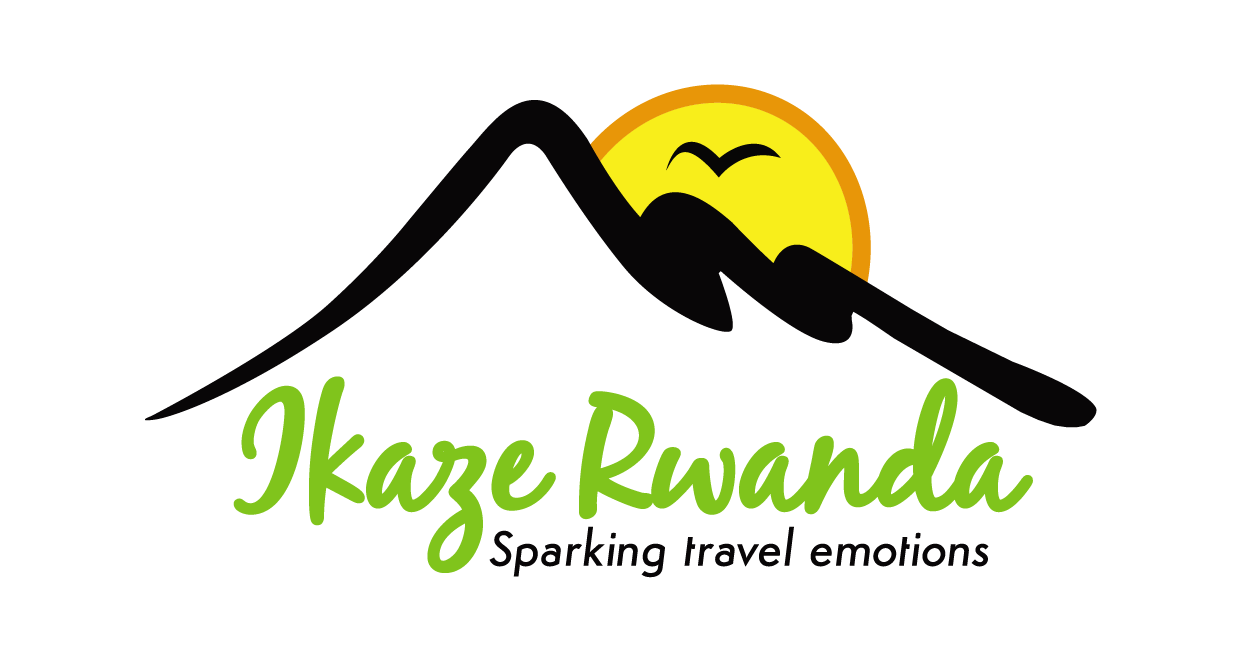Gorilla Family Groups in Rwanda: Gorilla family groups in Rwanda consist of several individuals, led by a dominant silverback male. The silverback is the oldest and largest male in the group, and he is responsible for protecting the group from threats and leading them to food sources. The other members of the group include several adult females, their offspring, and sometimes subordinate males who are not yet dominant enough to lead their own group.
The size of a gorilla group can vary from as few as two individuals to as many as 40, but the average size is around 10 individuals. The group’s home range can vary in size, from a few square kilometers to over 30 square kilometers, depending on the availability of food and other resources. Gorillas move around regularly within their home range, searching for food and water sources.
Gorilla Conservation Efforts in Rwanda: Gorillas in Rwanda are critically endangered, with only around 1,000 individuals left in the wild. The main threats to gorillas include habitat loss, poaching, and disease. In response to these threats, the Rwandan government, conservation organizations, and local communities have implemented several conservation efforts to protect gorillas and their habitat.
One of the most significant conservation efforts in Rwanda is the establishment of national parks that protect gorilla habitat. The two main national parks in Rwanda that are home to gorillas are Volcanoes National Park and Nyungwe Forest National Park. These parks are strictly protected, and visitors are only allowed to enter with a permit and under the supervision of a trained guide.
Conservation organizations such as the Dian Fossey Gorilla Fund and the International Gorilla Conservation Programme have also played a crucial role in protecting gorillas in Rwanda. They work with local communities to promote sustainable land use practices and to provide education and support for conservation efforts.
In addition to these efforts, Rwanda has also implemented laws and penalties to deter poaching and protect gorillas from harm. For example, killing a gorilla in Rwanda can result in life imprisonment.
As a result of these conservation efforts, the gorilla population in Rwanda has been increasing in recent years. The number of gorilla permits issued to visitors has also been limited to reduce the impact of human activity on the gorillas and their habitat. Visitors to Rwanda can now have a unique opportunity to see these magnificent animals up close while contributing to their conservation efforts.
In Rwanda, there are currently 12 habituated gorilla groups that are available for tourism. Each group has been given a name to help identify them, and here are the names and brief stories behind each group:
- Amahoro: This group’s name means “peace” in the Kinyarwanda language. It was named in honor of the peace agreement that was signed in Rwanda after the 1994 genocide. The group has 17 members, including one silverback male, several females, and young gorillas.
- Agashya: This group was named after its dominant silverback male, Agashya, who took over leadership of the group after his predecessor was killed. The group has 25 members, including several females and young gorillas.
- Bwenge: This group’s name means “wisdom” in the Kinyarwanda language. It was named after its silverback male, Bwenge, who is known for his intelligence and strategic thinking. The group has 11 members, including several females and young gorillas.
- Hirwa: This group’s name means “lucky” in the Kinyarwanda language. It was named after its formation, which was the result of two separate groups merging together. The group has 16 members, including one silverback male, several females, and young gorillas.
- Sabyinyo: This group’s name means “old man’s teeth” in the Kinyarwanda language, named after the nearby mountain that has a distinctive jagged summit resembling teeth. The group has 13 members, including one silverback male, several females, and young gorillas.
- Umubano: This group’s name means “friendship” in the Kinyarwanda language. It was formed when several males from different groups came together to form their own group. The group has 13 members, including one silverback male, several females, and young gorillas.
- Kwitonda: This group’s name means “humble one” in the Kinyarwanda language, named after its former dominant silverback male, Kwitonda. The group has 34 members, including one silverback male, several females, and young gorillas.
- Ugenda: This group’s name means “mobile” in the Kinyarwanda language, named after its frequent movement across its range. The group has 11 members, including one silverback male, several females, and young gorillas.
- Group 13: This group was initially named for its numbered identification in Dian Fossey’s research records, but the name stuck. The group has 25 members, including one silverback male, several females, and young gorillas.
- Karisimbi: This group’s name comes from the nearby volcano of the same name. The group has 15 members, including one silverback male, several females, and young gorillas.
- Pablo: This group was named after its former dominant silverback male, Pablo, who was known for his impressive size and strength. The group has 22 members, including one silverback male, several females, and young gorillas.
- Titus: This group was named after its former dominant silverback male, Titus, who was studied extensively by Dian Fossey. The group has 14 members, including one silverback male, several females, and young gorillas.


Comment (0)